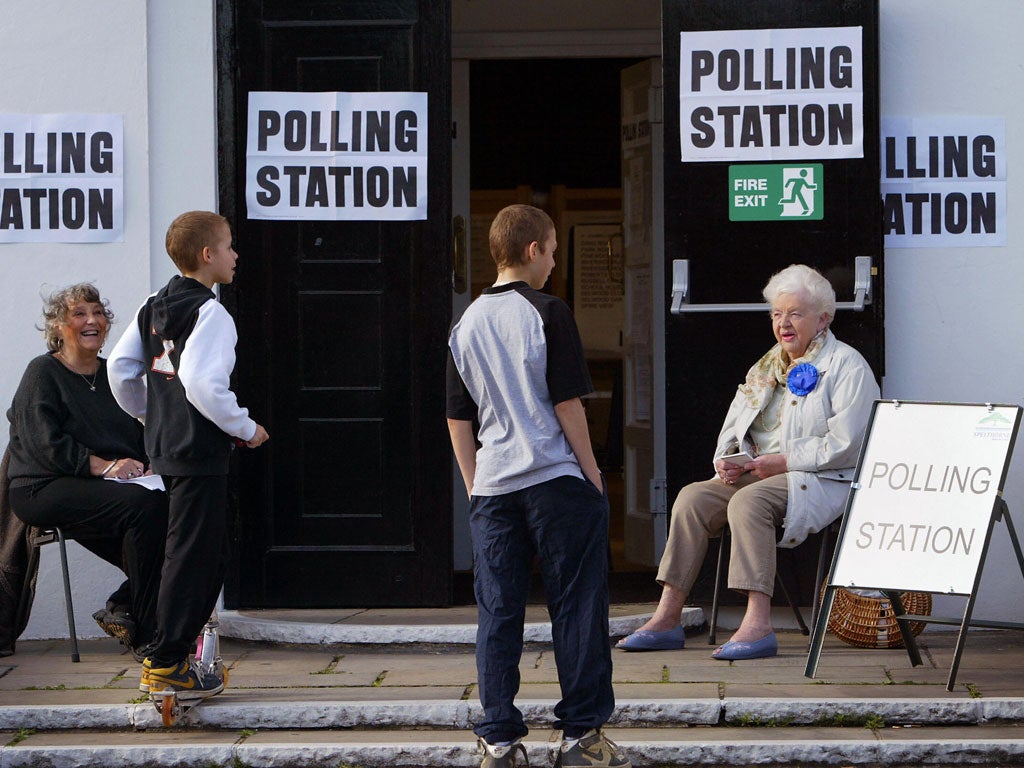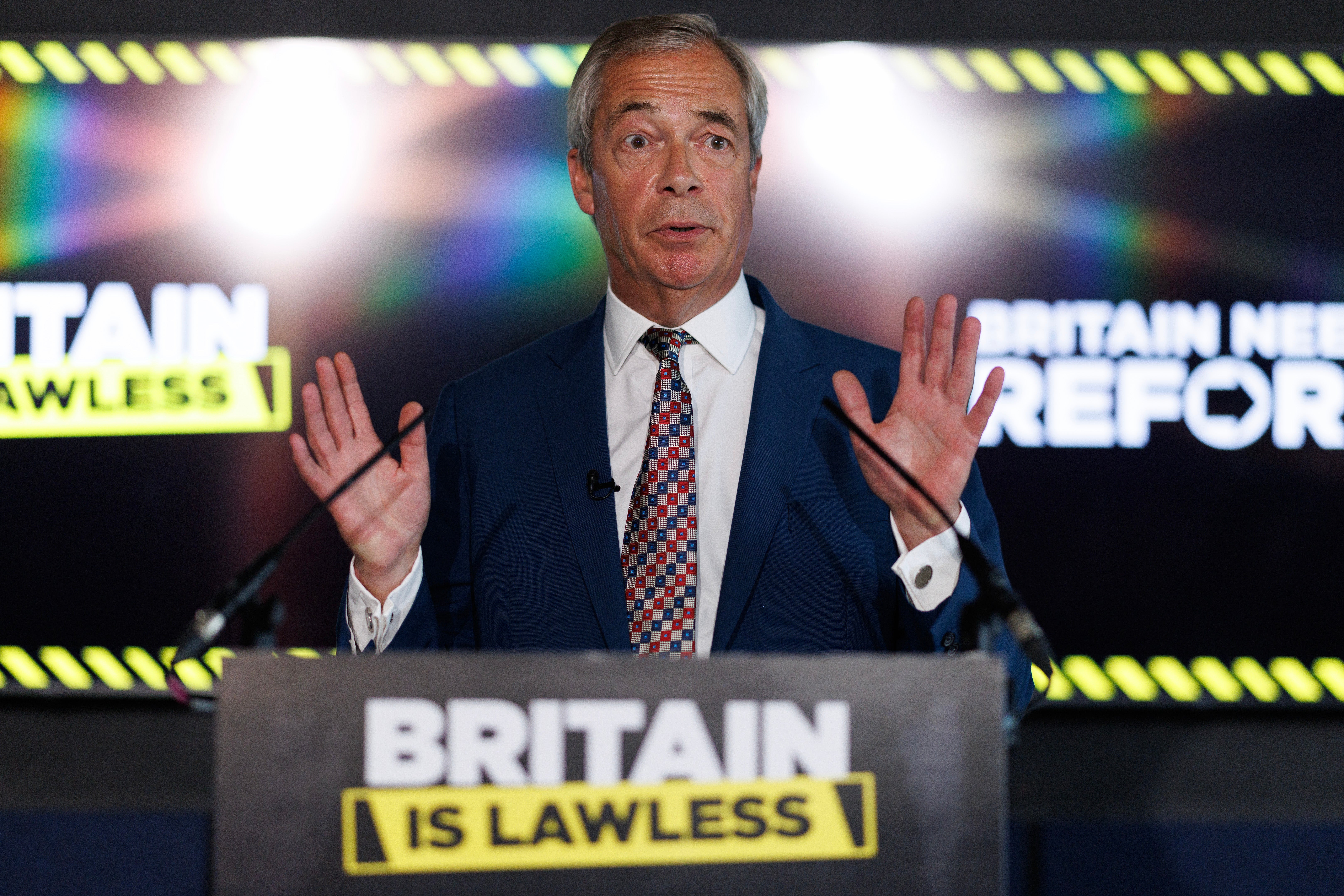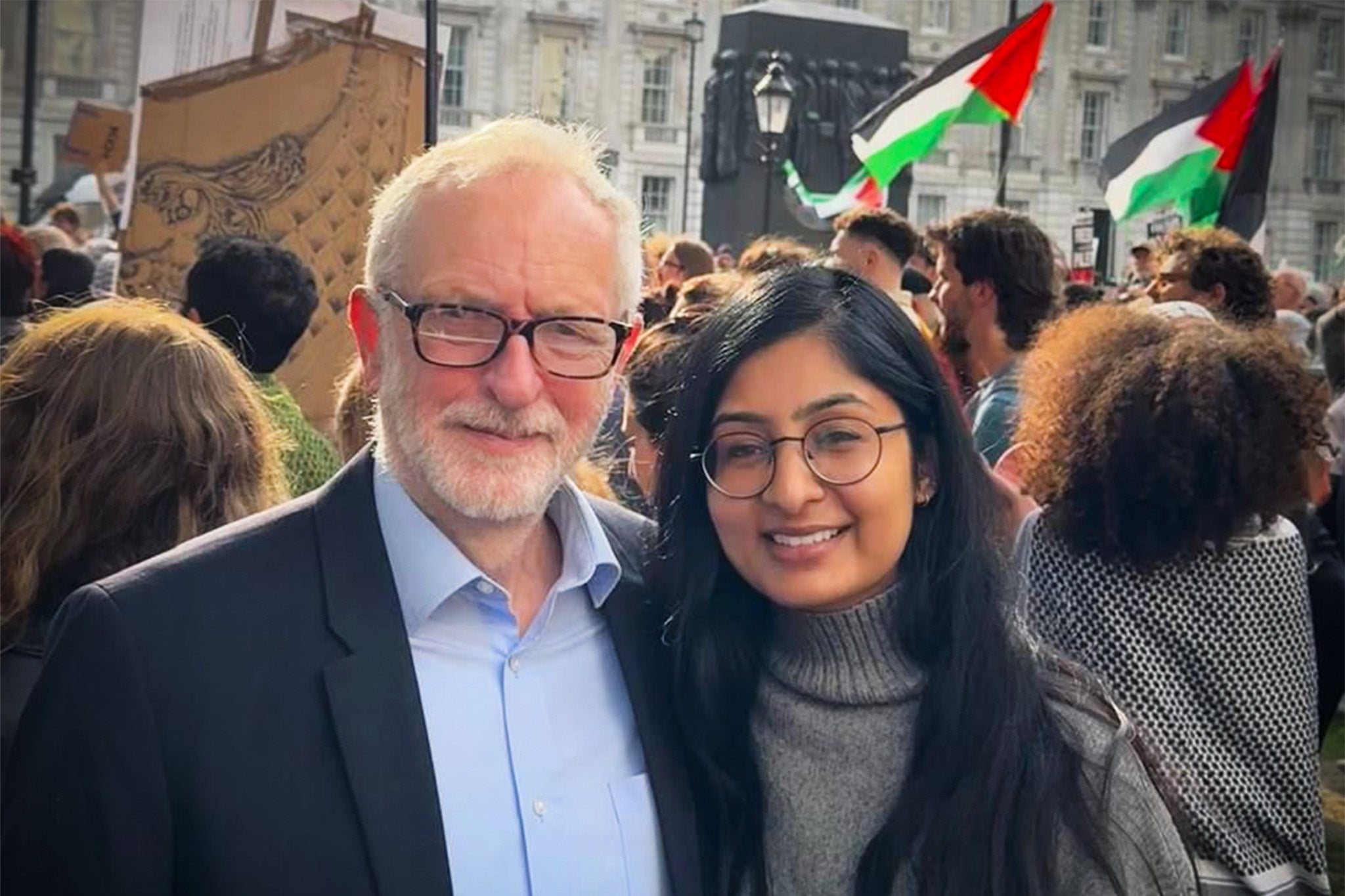Leading pollsters have suggested Labour’s plan to lower the voting age to 16 could “backfire” as Reform UK and Jeremy Corbyn’s new party could end up gaining the most from the policy instead.
The “seismic” move announced by the government as part of a raft of measures last month would allow around 1.5 million more teenagers to cast a ballot, bringing UK-wide elections in line with Scotland and Wales by the time the country next goes to the polls, due by the summer of 2029 at the latest.
Keir Starmer encouraged 16 and 17 year olds to use their vote at the next election, with No 10 saying the prime minister would “absolutely encourage them to be as engaged as they can be in the future of their country”.
But top pollsters have warned the rewards Labour may have been hoping to reap from their plans might not come to fruition, with Nigel Farage’s Reform and Mr Corbyn’s party the potential real winners.
Respected pollster and Conservative peer Robert Hayward told The Independent: “I just don’t think the policy will be as beneficial as the Labour Party thought when they first proposed it.

“My expectation, in the multi-party political field that we have at the moment, is that the non-mainstream, non-legacy parties – such as Reform, the Green Party and Corbyn’s party – will be the beneficiaries of younger people’s willingness to vote away from the traditional parties.”
Martin Baxter, director at pollster Electoral Calculus, added: “It could be that Labour’s plan for votes for 16 and 17 year olds – which did look a bit like semi-naked tilting the scales in Labour’s own favour – might backfire a little bit, if Reform and Corbyn attract those new voters.”
Louis O’Geran, research and communications associate at pollsters More in Common UK, agreed. “It would be a mistake to see the lower voting age as an easy win for Labour,” he said.
The numbers behind the 16 and 17 year old voters mapped out
The Independent has mapped out the numbers behind the new 16 and 17 year old voters, showing how many are living in each constituency across the UK.
New teenage voters likely to favour non-mainstream parties
Mr O’Geran pointed to the gender divide among young people.
“In general, we know that young people are more likely than the public as a whole to vote for Labour or the Greens,” he said. “But there is a notable gender divide: Gen Z men are more likely to back Labour and Reform, while the Green Party often leads among Gen Z women.”
With Mr Corbyn’s party likely to focus on green issues, Lord Hayward suggested young girls could therefore also support the former Labour leader’s party “if it gets fully off the ground”.
He described a key attraction of the new party to younger people as the mere fact that it is “none of the above” – an example of what he described as the evidenced phenomenon that “young people enjoy the opportunity of voting by voting not for mainstream parties”.
However, he cautioned that the impact of the party, which Mr Corbyn launched alongside Zarah Sultana only last month, and is yet to be officially named, is yet to be truly known.
Mr Baxter added that data on the new party’s voting potential is hard to establish yet, with the next general election not for another four years.

He said: “The younger generations of 18 to 24 cohort is quite pro-Labour.
“It’s also slightly surprisingly more pro-Reform than you might think.
“At the moment, I’m not seeing hard data on the 16 and 17-year-old vote – or really, the people who will be 16 or 17 in 2029. It’s slightly weird because these people are currently 12 and 13, so their political views are perhaps not fully developed yet.
“But is there the potential, when they do grow up to be 16 and 17, for Jeremy Corbyn to get votes? Yes.”
Policy could ‘subtly reshape political map’
Lord Hayward explained that the impact of the new teenage voters is expected to be “fairly consistent” across the UK because their distribution is “fairly flat” around the country. Most constituencies will see a “reasonably average impact”, he predicted.
The exceptions will be the south coast and the south west as well as inner London – the former because these are known as the “retirement belts”, areas with high proportions of older people, and the latter because these can be described as the “ultra expensive zones”, places most young people cannot afford.

Mr O’Geran agreed, predicting that, with 16 and 17-year-olds only making up around 2 per cent of the electorate, “in most constituencies they won’t make a difference to the outcome”.
However, he does believe the young voters might still make an important difference overall. He said: “In an increasingly fragmented political landscape, their votes could help determine the outcome of a handful of tight races across the country.”
He suggested Gaza could be a deciding issue for this younger group – which, in turn, could be a deciding factor for tight races.
He explained: “In urban seats where Labour faces strong independent challengers, 16 and 17-year-olds could help tip the balance. All of the youngest constituencies in the country are also places where Labour is under pressure from a ‘Gaza Independent’. In fact, there are seven constituencies where Labour’s majority over an independent candidate is smaller than the number of 16 and 17-year-olds in the seat.

“With politics looking increasingly volatile, even numerically small changes in the electorate can have outsized local effects, and could subtly reshape the political map over time.”
Key trends from split votes to not voting
Lord Hayward also outlined some of the key trends the UK is likely to see when this new cohort votes, notably “voting going all over the place and also not voting”.
Describing 16 and 17 year olds as of “enormous fluidity”, he said the first will be the likelihood that the group’s votes will be scattered. He explained: “All indications is that Labour will not be a big beneficiary of that age group of those who vote, because polling indications are that they are much more likely to split their votes all over the place.”
Secondly, Lord Hayward predicted a low turnout from 16 and 17-year-olds based on the figures from the 2024 election. “Turnout was down across the board by just short of 10 per cent at the last election,” he said. “But turnout was lowest among the youngest. Therefore, there is no reason for believing an even younger age group will not follow the trends of those immediately above them, by being actually a very low turnout demographic cohort.”
Declining birth rates also have the potential to further minimise the impact of new teenage voters, simply because that age group is expected to shrink in the coming years, he said.
The Independent has contacted the Labour Party for comment.


